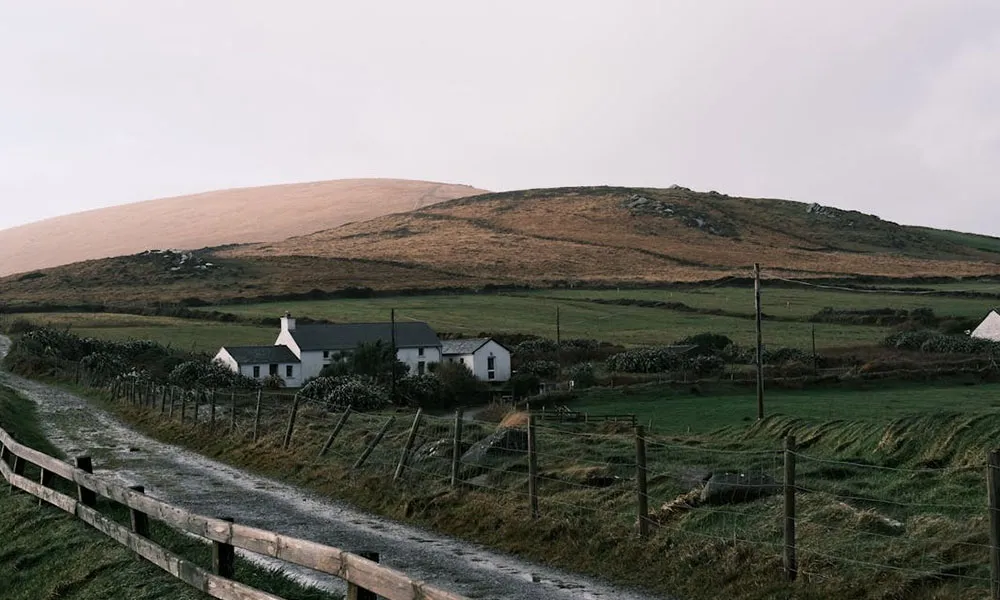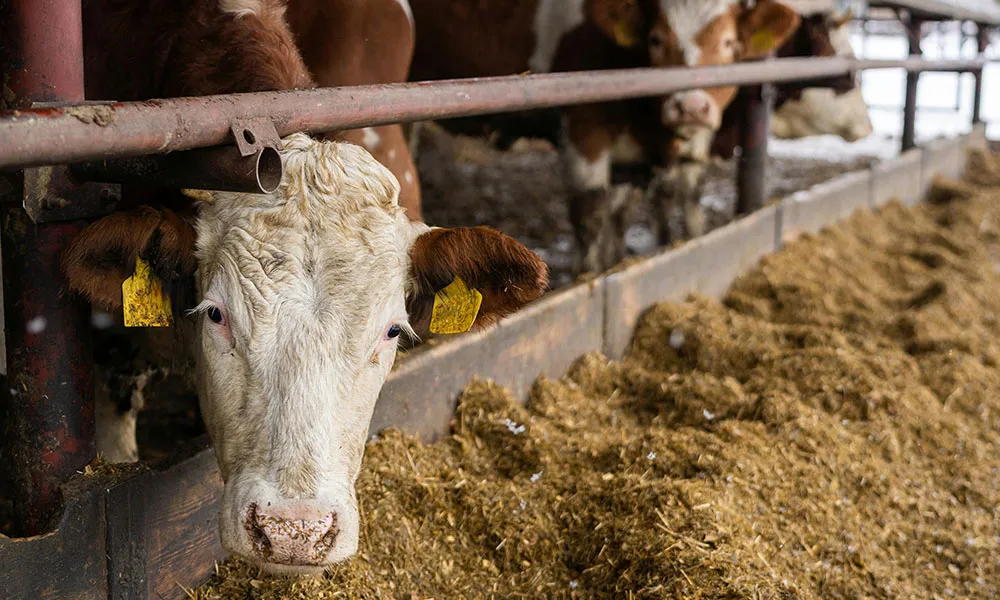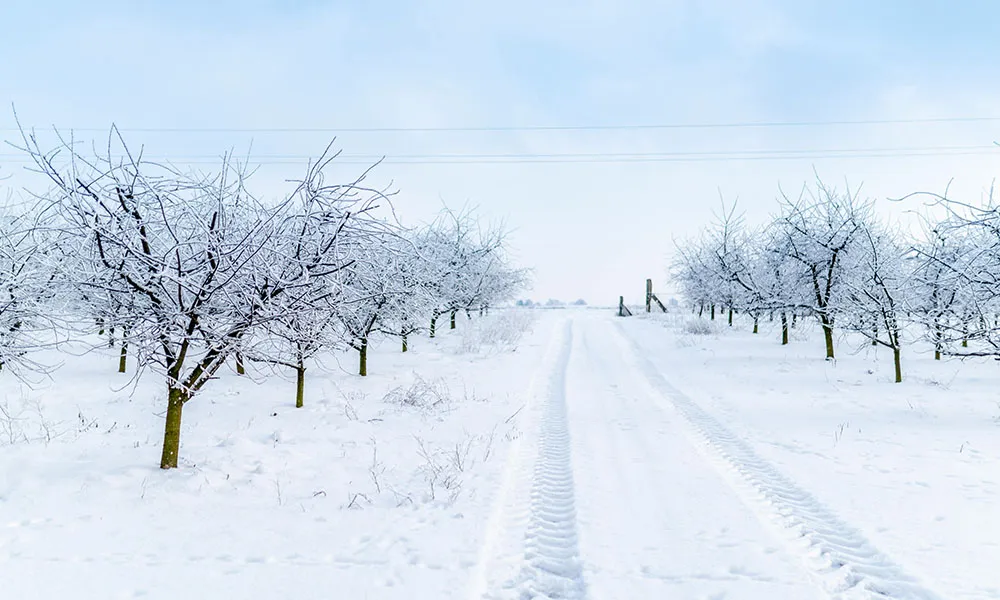
There’s a lot of talk recently about the new Targeted Agricultural Modernisation Scheme known as TAMS II grant with a lot of farmers looking to gain the 40% aid, or in the case of the young farmers the 60% aid offered for erecting new farm buildings. On the surface this looks like a great opportunity to get the cost of your build subsidised. It could lead to huge savings while improving your farm astronomically. All this sounds wonderful, but the uptake of the grant has fallen well short of expectations. It should be noted that 60% of the 2017 TAMS budget remains unspent and unclaimed. So why wouldn’t you want to apply?
Well, firstly, there are all those pesky strings attached to the scheme, all of which are outlined in the many pages of terms and conditions. These terms and conditions can end up adding hugely to the monetary cost of the build. This could mean that even with the subsidy, you are going to end up spending a pretty penny. Before you rush onto the department website looking for forms to fill out, it might be an idea to sit down and look at those hidden criteria. Firstly you will have to keep close watch on all the dates for letting the department know about each stage of the build as any delay or misinformation will result in penalisation.
If you’re like many farmers I know and paperwork’s not your strong suite, you’ll probably have to pay your farm planner to submit all relevant forms for you. There has been criticism of the long delays in applications and draw down payments. Earlier this year, there were just over 11,800 applications under the TAMS II scheme. Some 8,414 (or 71%) of these applications had received approval. Despite this level of application approvals, only 1,398 payment claims have been lodged with the department and of these, only 866 farmers had been paid. This was just 10% of the number of approvals accepted overall.
The number of applications returned for clarification and amendments was significantly high. Obviously staying on top of all this paper work can be too time consuming for busy farmers. It means losing time dealing with it all or adding the extra cost of paying someone to do them for you. But the main expense comes from the department setting the standard requirement of all materials and labour for the build. This means it will be more difficult to shop around for cheaper options.
All labour has to meet the departments’ standards, and although this will mean a top quality build, it also means more expense than if you were able to do some of the work yourself. There have been complaints that such measures are too stringent, that simpler builds would be more than adequate and save state and farmer a lot of money and hassle. However the rules remain and to receive payment you have to follow them, or face the penalties.
If you truly require a new shed, then this scheme is certainly a great option. However before you decide I’d suggest you look at all the other options and do your sums not once, not twice, but multiple times! For example there is also the Traditional Farm Buildings grant scheme. This scheme offers the possibility of up to 75% of the cost of improvements up to €25,000. The cost of improving your old buildings will probably be a lot less than that of a complete new build.
So, if you have an old building going to waste, that could do the job if it was fixed up, then this is certainly something to consider. Of course like all of these grants, the Traditional Farm Buildings scheme has its fair share of strings attached too. A lot of old farm buildings are simply too small for modern sized herds and require a lot of modernisation that the grant won’t cover. The restriction of only covering buildings built before 1960 also rules out a lot of better buildings that could be used, as does excluding Corrugated Hay sheds.
With worsening weather year on year, there’s a lot less hay being made. This has resulted in a lot of hay sheds sitting idle around the country, slowly filling with broken machinery and other rubbish. These would make perfect sheep sheds or loose bed calving areas. Even without the grant a renovation of these might be a cheaper option to consider than the new build. A few Blocks and some gates and your shed could be ready to use in no time.
This is what we discovered on our farm several years ago when we converted our open cubicle shed into a loose bay shed. When doing the sums we realised that simply gutting out the cubicles and building a new roof would work out a lot cheaper than what it would cost to pay the 60% of a new build. It made a lot more sense than knocking walls that were perfectly fine only to rebuild them exactly as they were again, as the department would have insisted on at the time. A trip to our local hardware and some DIY has left us with a shed that’s a perfect fit for our enterprise. I guess it’s up to each farmers needs but I advise looking at all options before deciding on what building requirements you need.
RGA










